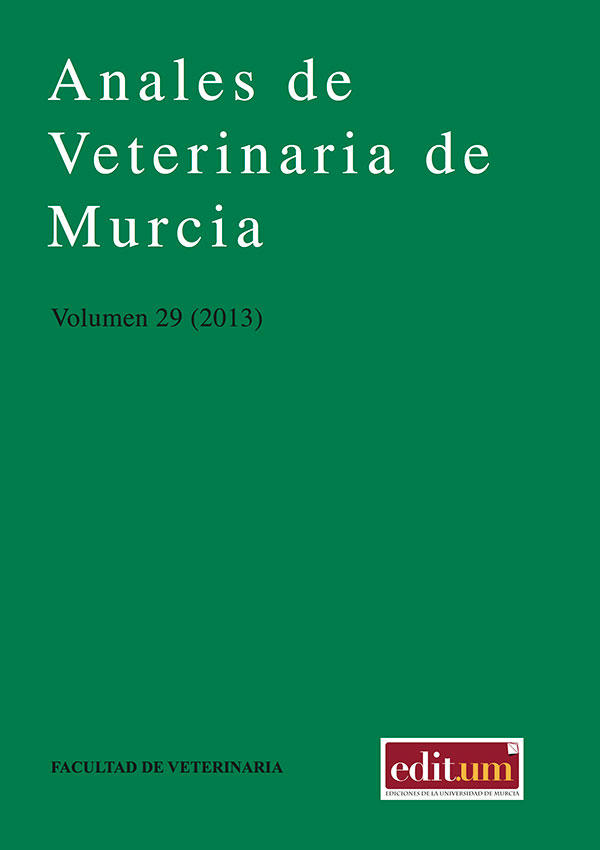Degenerative myelopathy: current state of knowledge. Literatura review
Abstract
Canine Degenerative myelopathy (DM) is a late-onset neurodegenerative, first diagnosed in German Shepherd, but affects multiple dog breeds. DM manifests as a spinal disorder in adult dogs, insidious onset and slowly progressive course.
Many studies considered the possible etiology of DM unable to clarify the causes. Recent researches have identified as a likely cause a mutation of the SOD1 gene encoding superoxide dismutase 1 (SOD1), which also implies DM is a potential ortholog of Amyotrophic Lateral Sclerosis (ALS) of the human being.
The distribution of lesions and the clinical progression of MD are similar to those reported for certain types of ALS, with an onset characterized by upper motor neuron signs, with predominant lesions in the spinal thoracic region, with progression to lower motor neuron signs that become evident in the later stages of the disease.
Before establishing a clear equivalence between DM and ALS must explain some differences between two diseases. For example, in DM the axonopathy is diffuse (not restricted to lateral funiculus, as in ALS) and involves both sensory tracts as motors. Furthermore, except isolated communications, no evidence of neuronal damage in the brain or brain stem has been demonstrated.
Meanwhile, the dogs affected by DM are potential animal models for ALS, which can be used to probe the underlying processes of motor neuron degeneration, to map the modifier loci and identify the environmental factors which influence the severity of the disease.
Downloads
Creative Commons Attribution 4.0
The works published in this journal are subject to the following terms:
1. The Publications Service of the University of Murcia (the publisher) retains the property rights (copyright) of published works, and encourages and enables the reuse of the same under the license specified in paragraph 2.
© Servicio de Publicaciones, Universidad de Murcia, 2019
2. The works are published in the online edition of the journal under a Creative Commons Attribution-NonCommercial 4.0 (legal text). You can copy, use, distribute, transmit and publicly display, provided that: i) you cite the author and the original source of publication (journal, editorial and URL of the work), ii) are not used for commercial purposes, iii ) mentions the existence and specifications of this license.

This work is licensed under a Creative Commons Attribution-NonCommercial-NoDerivatives 4.0 International License.
3. Conditions of self-archiving. Is allowed and encouraged the authors to disseminate electronically pre-print versions (version before being evaluated and sent to the journal) and / or post-print (version reviewed and accepted for publication) of their works before publication, as it encourages its earliest circulation and diffusion and thus a possible increase in its citation and scope between the academic community. RoMEO Color: Green.




